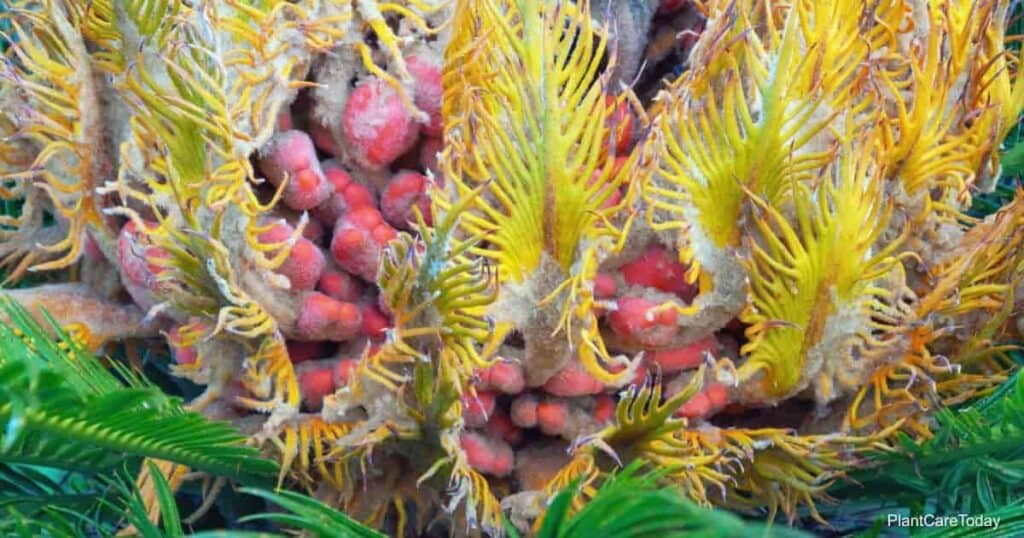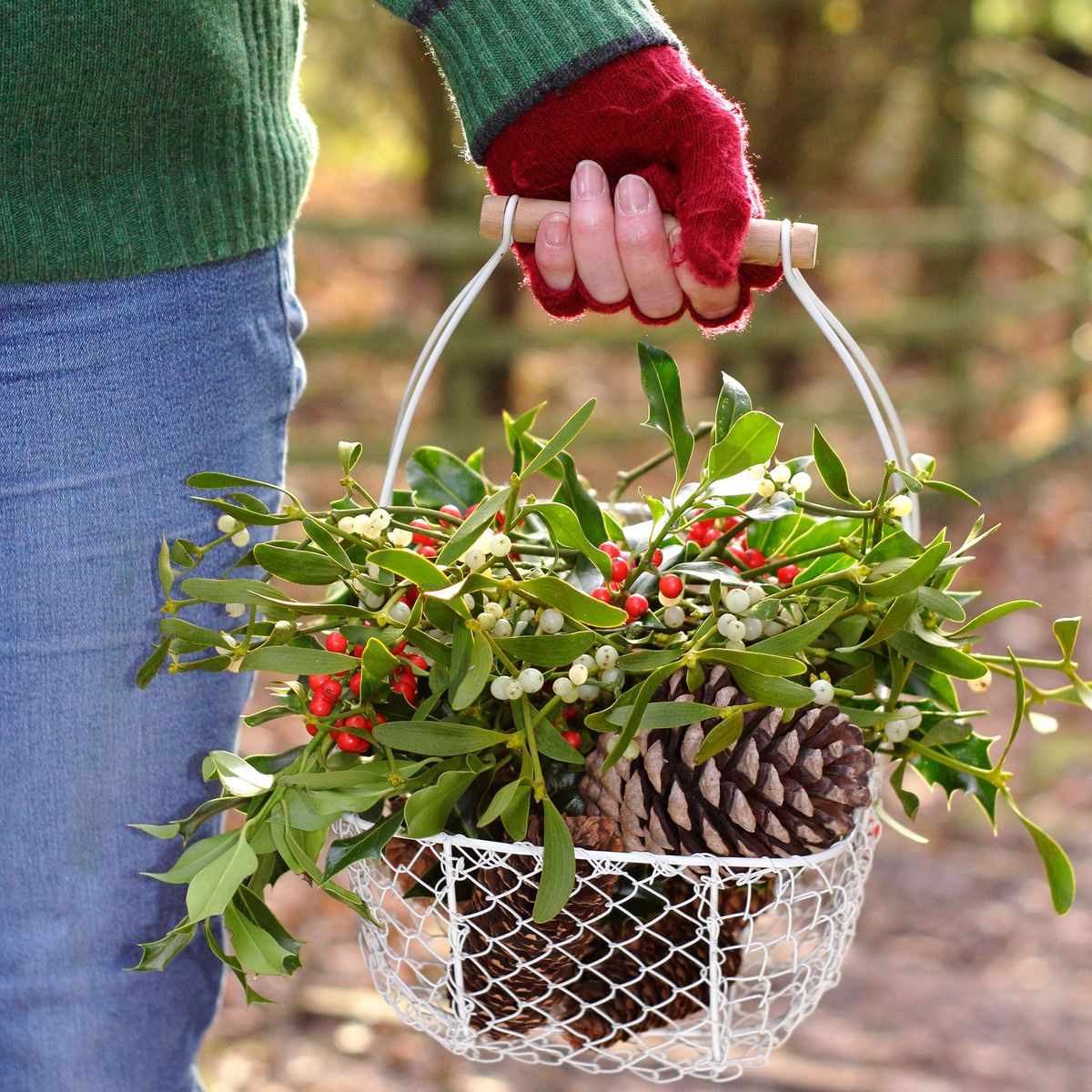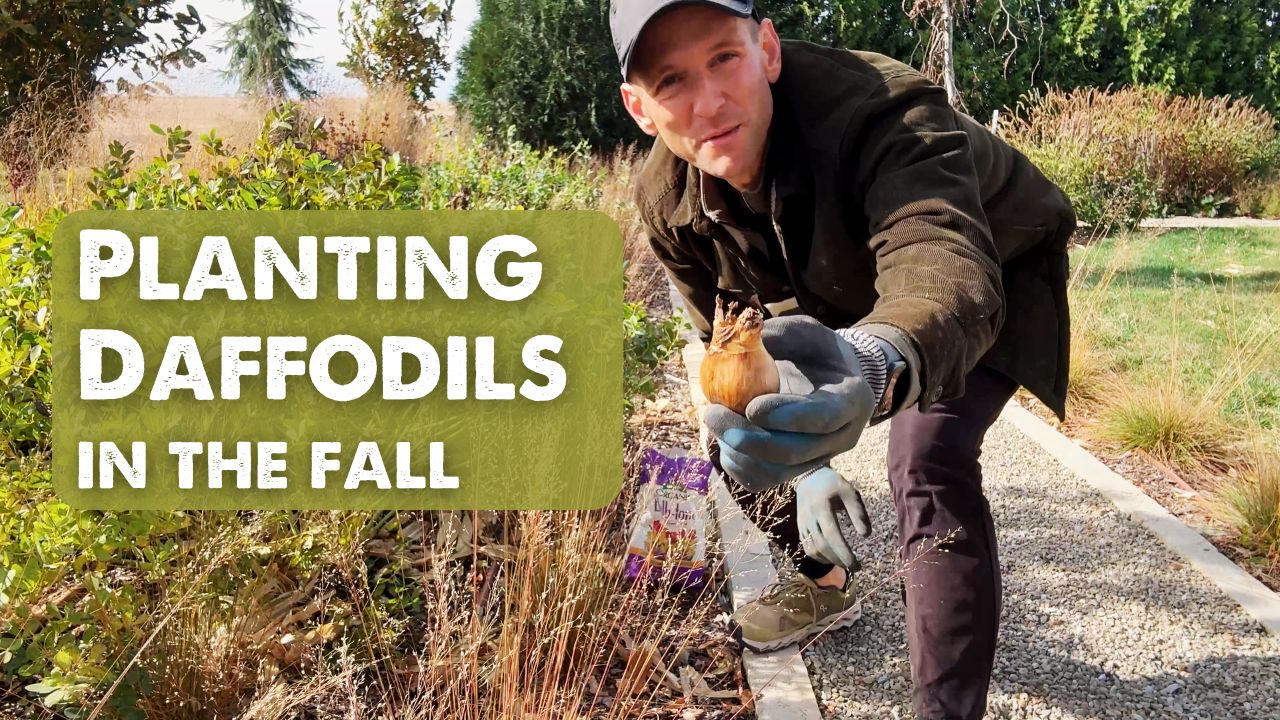Although Sago Palms are not genuine palms, they are popular as indoor plants that can bring life into any room. Sago Palms are tropical and sub-tropical, low-growing plants that can be grown through cuttings and using their seeds.
Since these plants tend to grow slowly, they make excellent indoor plants. It takes between five to six years for your plant to reach a height of 2′ feet, so it won’t crowd your space even if you have a small room.
But how can you grow a Sago Palm from seeds? It’s an easy task, and by reading this article, you will learn how to plant a Sago Palm seed like a pro.
Learn How to Plant Sago Palm Seed
Sago Palms represent an excellent choice for those who live in warm to moderate climates. They add the necessary visual interest without occupying much space.
Sagos are common among potted plant enthusiasts, although they can also be grown outdoors.
If you’re trying to grow the plant from an existing Sago Palm, we’ll explain the most straightforward steps to help you grow your new palm from seed.
Select the Seeds
The first step is to select the right seeds from a flowering plant. You can get the seeds from a nursery or collect them in the early fall.
Before touching or collecting the seeds, put on protective gloves as the Sago Palm plant and all its parts are toxic.
Examine the Seeds
After collecting the seeds, you need to check for the pollinated ones, as these are the ones that you can use to grow a new Sago Palm.
Place the seeds in a bowl of warm water. The seeds that sink to the bottom contain endosperm and are ready for reproduction. Those that float are not suitable for replanting.
Clean the Seeds
A fruit wall wraps the Sago Palm seeds. To remove this membrane so the seeds can grow better, soak the seeds for at least 24 hours before planting them. If this membrane is hard to remove, you might need to soak them a little longer.
Too much water can promote bacterial growth and eventually damage the seeds. To avoid this problem, wash the seeds in a water and bleach solution in the ratio of 10:1. After cleaning the seeds with this solution, rinse them carefully with water.
Planting the Seeds
Plant Sago Palms in well-drained sandy soil. Start planting the seeds in a 4″ inch diameter container while sowing them sidelong in the earth.
Leave about one-third of each seed on the top of the soil, and you should level it by pressing it down properly. Next, moisten the soil with water and cover the pot with plastic wrap to help retain the moisture.
Related: Sago Palm Problems – Leaves Turning Yellow
Maintain the Right Temperature
Sago Palms grow best in moderate temperatures between 70° – 100° degrees Fahrenheit. These temperatures help the seeds grow without allowing the excess water to evaporate.
If the temperature is too low, use a heating mat to supply constant temperature and help the seeds germinate. They will start to show the first signs of growth between one to three months.
Once the seeds have started germinating, remove the plastic wrap while maintaining the temperature between 70° – 80° degrees Fahrenheit.
Transfer the Plants
Keep an eye on the seeds until you can see about three to four leaves emerging from the soil. When the seeds germinate, it will be time to transfer the plant to a larger container.
You can choose a special palm soil to help your Sago Palms grow faster. But, these plants aren’t picky and will do well in any soil, as long as it has good drainage and is slightly acidic to neutral PH.
Use an adequate liquid fertilizer to help the plant grow better, especially in the early growth period. It will help it blossom and grow healthier.
How to Maintain Sago Palms
After starting your Sago Palm seed, there are a few things you need to do to keep the plant in excellent health:
- Sago Palms need bright yet indirect light. Too much direct sunlight can burn the plant, while too much shade will hinder growth and cause the leaves to wither. Place them next to a window that faces the west or south for the best results.
- These plants can tolerate drought, so they don’t need much water. Touch the soil and water when it feels dry. Too much watering can cause root rot.
- Reduce the amount and frequency of water in winter when the temperature is low and the plant isn’t overly active.
- In spring and fall, use a suitable type of liquid fertilizer to help keep your Sago Palms in the best shape. More on Sago Palm fertilizer.
Wrap Up
A Sago Palm is an excellent indoor plant because it doesn’t take much preparation or maintenance and grows slowly. You can grow this plant from seeds, as long as you have picked the right ones.












